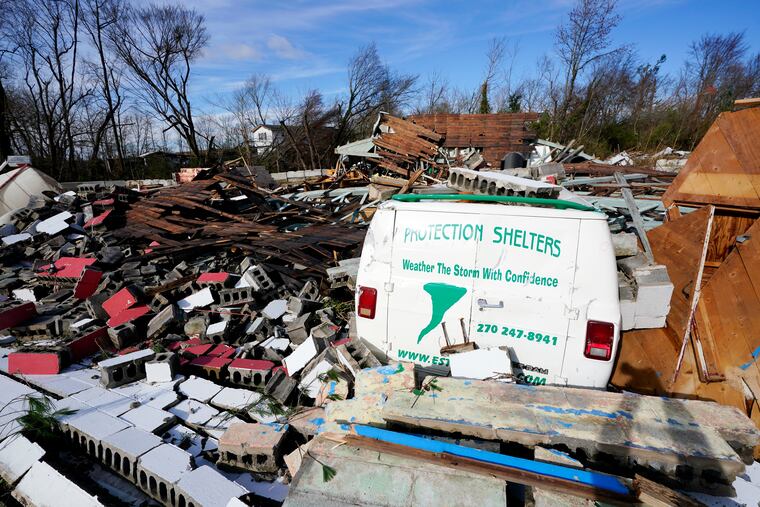Warming winds help Philly set a record - and incite a disaster in Kentucky
The timing and ferocity of the outbreak was rare. As the front moved eastward, Philadelphia set a temperature record.

The timing and ferocity of the outbreak was rare. As the front moved eastward, Philadelphia set a temperature record.
